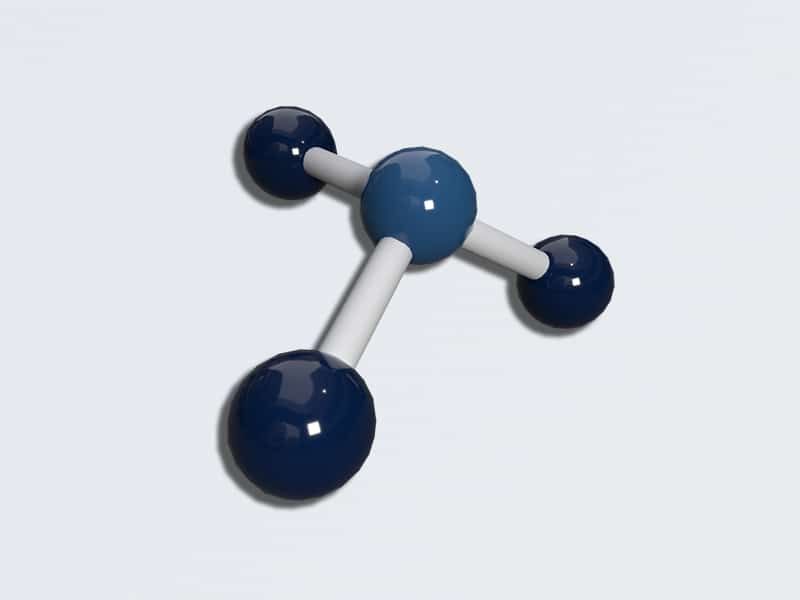
Ammonia
Formula: NH3 | CAS: 7664-41-7
Detecting ammonia: NEVER mix ammonia with chlorine bleach or products that contain chlorine. This produces extremely dangerous toxic chlorine vapour that may be fatal.
Detecting ammonia early for to limit danger for workers
Ammonia is corrosive. The severity of health effects depends on the route of exposure, the dose and the duration of exposure. Exposure to high concentrations of ammonia in air causes immediate burning of the eyes, nose, throat and respiratory tract and can result in blindness, lung damage or death. Inhalation of lower concentrations can cause coughing, and nose and throat irritation.
Swallowing ammonia can cause burns to the mouth, throat and stomach. Skin or eye contact with concentrated ammonia can also cause irritation and burns.
Ammonia in the environment comes from both natural and manmade sources. It occurs naturally at low levels throughout the environment, released from the breakdown of organic waste matter. Local concentrations may be elevated where there is a lot of animal waste, such as in intensive farming environments for cattle, pig and chickens. Non-agricultural sources include sewage sludge, industry, and petrol vehicles fitted with catalytic converters.
Ammonia gas does not remain in the environment for long; it rapidly reacts to form ammonium compounds.
– GOV.UK
What happens to ammonia when it enters the environment
Ammonia does not last very long in the environment. Because it is recycled naturally, nature has many ways of incorporating and transforming ammonia. In soil or water, plants and microorganisms rapidly take up ammonia. After fertiliser containing ammonia is applied to soil, the amount of ammonia in that soil decreases to low levels in a few days. In the air, ammonia will last about 1 week.
Ammonia has been found in air, soil, and water samples at hazardous waste sites. In the air near hazardous waste sites, ammonia can be found as a gas. Ammonia can also be found dissolved in ponds or other bodies of water at a waste site. Ammonia can be found attached to soil particles at hazardous waste sites. The average concentration of ammonia reported at hazardous waste sites ranges from 1 to 1,000 ppm in soil samples and up to 16 ppm in water samples.
Gas Factsheet
Everything you need to know about detecting ammonia
Our Gas Factsheets which is available to download below provides you with key information on the exposure limits and the locations of where potentially harmful gases can occur. We also share information on gas detection monitoring techniques and equipment that can help you manage gas detection in the workplace, for worker and site safety.

Detecting Ammonia
Formula: NH3 | CAS: 7664-41-7
Synonyms: ammonia, R717, anhydrous ammonia, sprit of hartshorn, ammonia anhydrous
Ammonia is widely used in the production of many nitrogenous chemicals, such as ammonium nitrate fertiliser.
Related Products
Download your Gas Factsheet
Click to obtain your Gas Factsheet on Ammonia.








 United Kingdom
United Kingdom






